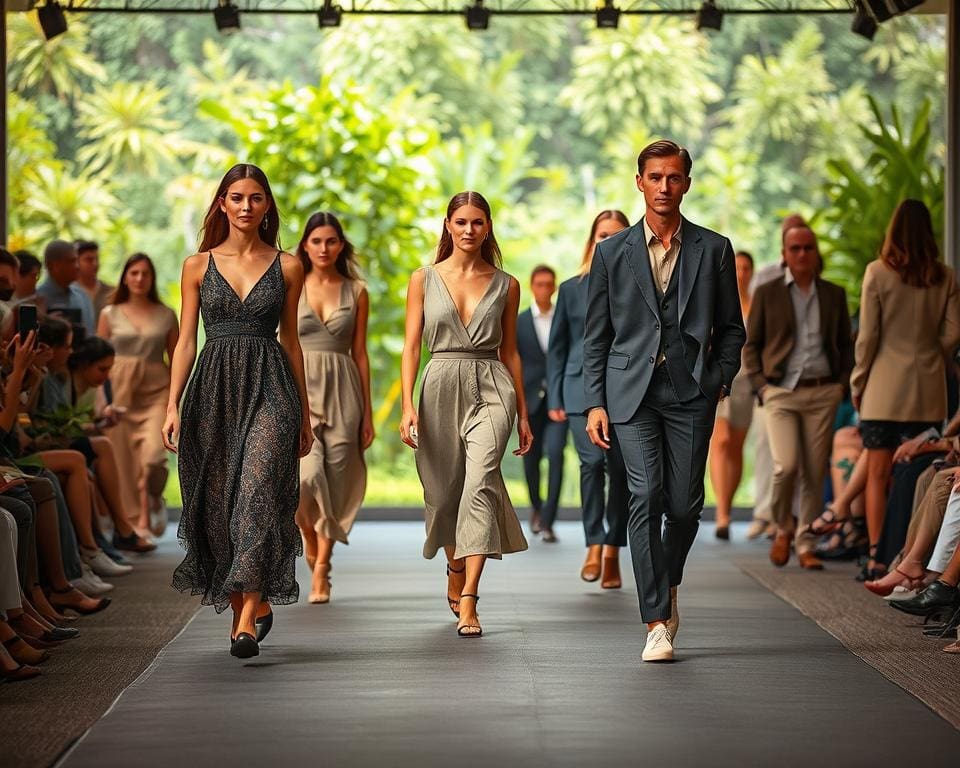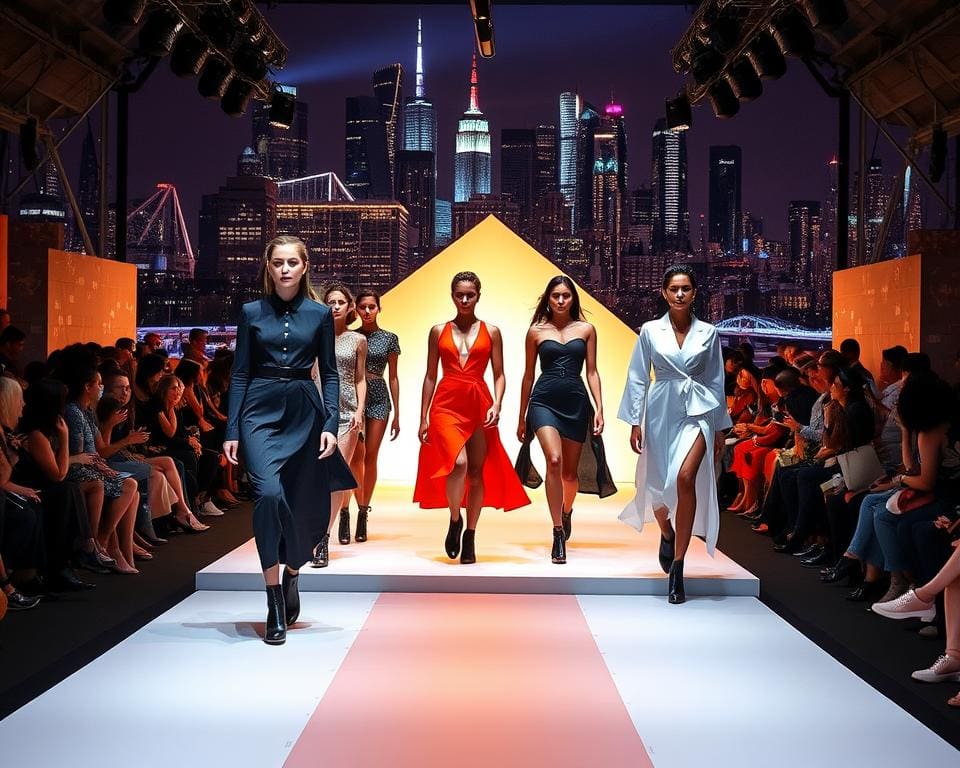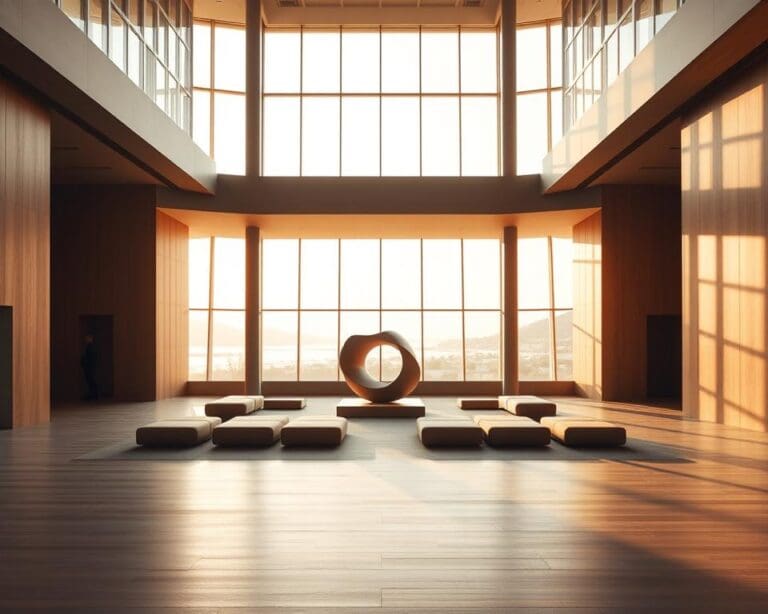As we step into 2025, the landscape of fashion is undergoing a remarkable transformation, shaped by a myriad of influences that reflect the spirit of our times. The upcoming fashion trends are not merely about aesthetics; they embody a cultural shift towards sustainability, individuality, and technological innovation within UK fashion styles. This article delves into the vibrant fashion trends expected to define this year, highlighting how styles will evolve to embrace eco-friendly practices, bold design choices, and a commitment to inclusivity. Join us as we explore how these trends will not only resonate in wardrobes but will also serve as a testament to our social values and collective consciousness.
The Rise of Sustainable Fashion
Sustainable fashion is emerging as a critical movement shaping the way we view clothing and consumption in 2025. Brands and consumers alike are increasingly recognising the importance of eco-friendly materials and ethical fashion. This shift towards sustainability in clothing is not only a response to environmental concerns but also a reflection of evolving consumer values.
Eco-friendly Materials
The selection of eco-friendly materials marks a significant advancement in the fashion industry. Organic cotton, recycled fabrics, and innovative alternatives like Tencel and Piñatex are gaining ground among brands keen on minimising their environmental footprint. These materials not only reduce waste but also offer durability without sacrificing style. As consumers become more informed, the demand for these sustainable options continues to grow.
Ethical Production Practices
Equally important in the rise of sustainable fashion are ethical production practices. The emphasis on fair trade, transparent supply chains, and certifications like GOTS (Global Organic Textile Standard) reflects a shift towards accountability in the industry. Brands such as Stella McCartney and Reformation exemplify the commitment to sustainability, showcasing how ethical fashion can coexist with high-quality design. This transformation underscores that sustainability in clothing is essential for a better future.

Bold Colours and Graphic Prints
In 2025, the fashion landscape will be dominated by bold colours and graphic prints. These expressive elements serve not only as aesthetic choices but also as powerful forms of self-identity. The psychology of colour plays a significant role in the choices designers make, as various hues are known to evoke different emotions and associations.
Psychology of Colour in Fashion
Colour psychology reveals how specific shades can influence perception and behaviour. Vibrant reds and yellows often evoke excitement, while blues and greens can bring feelings of calmness and serenity. Designers harness these emotive qualities, creating collections that resonate with consumers on a deeper level. The trend towards using bold colours reflects a growing desire for individuality and self-expression in a society that values personal branding.
Influence of Street Art and Pop Culture
Street art fashion has emerged as a major influence, with many brands collaborating with graffiti artists and designers to incorporate vivid graphic prints into their collections. This fusion of art and fashion not only captivates the audience but also connects with younger consumers seeking authenticity and uniqueness. Notable brands like Off-White and Moschino have successfully embraced these vibrant artistic expressions, ensuring that pieces often tell a story or convey a message. As a result, graphic prints will continue to play a vital role in defining 2025’s fashion trends.
Fashion Trends that Define 2025
The fashion landscape is experiencing a remarkable transformation, shifting towards a celebration of individuality in fashion and self-expression. Consumers increasingly desire to showcase their unique fashion styles, prompting brands to adapt and innovate. Each collection tells a personal story, allowing wearers to create wardrobes that resonate with their identities.
Emphasis on Individuality and Self-Expression
As personal identity becomes a focal point in fashion, designers are responding by offering bespoke options that allow for greater creativity and personalisation. High-profile collaborations and limited-edition pieces enable consumers to step beyond mainstream trends and embrace garments that truly reflect their character.
- Innovative collections from brands like Gucci and Balenciaga challenge conventional norms, encouraging fashion enthusiasts to explore their tastes.
- Influencers and celebrities profoundly impact this journey, popularising unique fashion styles that inspire fans to curate their personal narratives.
- Social media platforms serve as vibrant spaces where individuals showcase their own interpretations, fostering a community centred around self-expression.
This shift towards individuality encourages a diverse array of styles, where each individual’s clothing choices become an extension of their personality. As the fashion industry embraces this change, it paves the way for a more inclusive environment that celebrates personal narratives and empowers every wearer to express themselves boldly.
Technological Innovations in Fashion
The fusion of technology and fashion is fundamentally transforming the industry. As consumer needs evolve, brands are embracing technological innovations that explore new boundaries in design and functionality.
Smart Fabrics and Wearable Tech
Smart fabrics are at the forefront of this revolution, incorporating features that respond to various environmental conditions. From body temperature regulation to moisture-wicking properties, these smart fabrics offer both practicality and style. Wearable technology, such as fitness trackers and smartwatches, is no longer just a trend; it merges seamlessly into everyday fashion. With brands integrating these elements, the line between technology and clothing continues to blur.
Virtual Fashion Shows and Augmented Reality
In an effort to engage consumers differently, virtual fashion shows have emerged as a dynamic platform. Brands like Balenciaga illustrate how virtual fashion shows can captivate audiences, providing immersive experiences that redefine traditional showcases. Augmented reality further enhances this engagement, allowing customers to interact with clothing in real-time, facilitating informed purchasing decisions.
Relaxed Silhouettes and Comfort Wear
The fashion landscape of 2025 embraces relaxed silhouettes and comfort wear as central themes. This evolution reflects a growing desire for both ease and style, allowing individuals to express themselves while prioritising comfort. The athleisure trend stands out, merging function with fashion to create outfits perfect for various settings.
The Enduring Appeal of Athleisure
Athleisure has undoubtedly carved its niche in the contemporary wardrobe, allowing people to transition seamlessly from gym to street. Brands like Lululemon and Nike have championed this movement, offering versatile pieces that embody both style and functionality. With relaxed silhouettes at the forefront, these garments encourage wearers to feel good without sacrificing an ounce of fashion. The blend of breathable fabrics and sleek designs creates an ideal canvas for everyday exploration.
Layering Techniques for Everyday Wear
Layering in fashion becomes essential when curating casual outfits that radiate both comfort and sophistication. From lightweight hoodies over chic tank tops to tailored joggers paired with oversized shirts, the options are plentiful. Mixing textures and lengths not only adds visual interest but also allows for adaptability in varying conditions. Emphasising comfort wear with a thoughtful layering approach enhances personal style, ensuring comfort remains uncompromised throughout the day.
90s and 2000s Nostalgia
As trends make their inevitable return, the influence of 90s and 2000s nostalgia in contemporary fashion has become increasingly prominent. A revival of vintage influences showcases how classic styles resonate with today’s consumers, creating a bridge between past and present. This nostalgic trend not only draws on the aesthetics of bygone decades but also embraces the cultural significance tied to these eras.
Reimagined Classics and Vintage Influences
Modern designers have embraced reimagined classics, bringing styles such as baggy jeans, platform shoes, and crop tops back into the spotlight. These pieces, originally iconic in their time, are being reinterpreted for a contemporary audience, reflecting a playful yet stylish homage to 90s fashion. The infusion of vintage influences allows brands to create an authentic connection with consumers who remember these styles fondly.
Accessorising Trends from the Past
Accessorising plays a crucial role in this nostalgic resurgence. Chokers and bucket hats have emerged as essential statement pieces, bringing a touch of 2000s nostalgia that speaks to both older and younger generations. Brands like Bershka and ASOS have successfully tapped into this trend, offering a range of accessories that blend effortlessly with modern outfits. Acknowledging these classic styles enhances the overall appeal in current street style, showcasing how past influences can shape present fashion sensibilities.
Inclusivity in Fashion
Inclusivity in fashion has emerged as a pivotal movement, reshaping how consumers view and engage with the industry. As the demand for representation and diversity in clothing grows, numerous brands are stepping up to ensure that their offerings cater to a wider audience. The strides made by companies like Savage X Fenty and Aerie highlight the significance of body positivity, as they actively showcase a variety of body shapes and backgrounds in their campaigns. This shift is not merely a fleeting trend; it represents a fundamental change in the principles underpinning fashion.
The celebration of diversity in clothing allows individuals to see themselves reflected in the garments they choose to wear. With campaigns that spotlight models of different sizes, ethnicities, and abilities, these brands are breaking the conventional mould of beauty that has long dominated the fashion landscape. Such initiatives not only promote body positivity but also encourage consumers to embrace their uniqueness, fostering a sense of belonging within the fashion community.
Moreover, the push for inclusivity in fashion extends beyond mere representation in advertising. It calls for an overhaul of conventional sizing standards and a commitment to producing garments that accommodate various body types. This evolution demonstrates that the industry is not just about aesthetics; it is about creating spaces where everyone can feel empowered and confident. As the conversation surrounding inclusivity continues to expand, the future of fashion looks brighter and more accepting than ever before.









